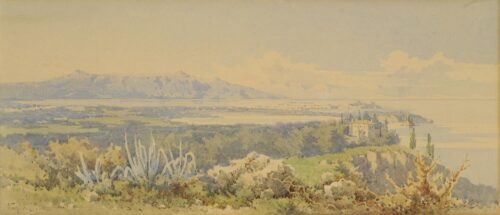
Giallinas Angelos (1857 - 1939)
The Imperial Estate in Gastouri, 1890
He originally studied in Corfu under Charalambos Pachis (1872-1875) and completed his studies in Rome, Naples and Venice (1875-1877/78). Returning to Greece he settled in Corfu but also made many trips to Constantinople, Asia Minor, Egypt, Italy, France, Spain and Switzerland, painting landscapes. He began to exhibit in 1875, participating in the Olympia Exhibition, while in 1886 he presented his first solo show at the Athenian Club. There he met the British Ambassador Ford, who commissioned him to do seven albums with landscapes from Constantinople, Rhodes, Venice and Spain, organized his exhibitions in Athens and abroad and introduced him to European court circles. He continued to exhibit throughout his artistic career in both solo and group shows in Greece and abroad, among which were ones at the “Parnassos” and Zappeion Halls, the Artistic Exhibition of Athens in 1899, and the World Exhibition of Paris in 1900. In 1918 he had a large solo show at the GEO gallery, while in 1974 the National Gallery held a retrospective exhibition of his work. In 1902 he founded the Art School of Corfu, at which he also taught, and in 1907/8 he decorated the Vrailas house on Corfu, the country residence of Elizabeth the Empress of Austria, with wall paintings.
After experimenting with a wide range of expressive methods, even while still a student, Giallinas turned to water colour, which he cultivated almost exclusively and developed into one of the most outstanding Greek water colourists, creating a whole school. Painting mainly landscapes (seascapes, monuments of ancient Greece, Byzantium and the East, neighbourhoods and so on) but also a number of genre subjects, he created poetic images which reverberate with a classicistic-romantic point of view and are characterized by a balanced composition, showing special concern for the rendering of details and a sensitivity to chromatic nuances.

The Imperial Estate in Gastouri, 1890
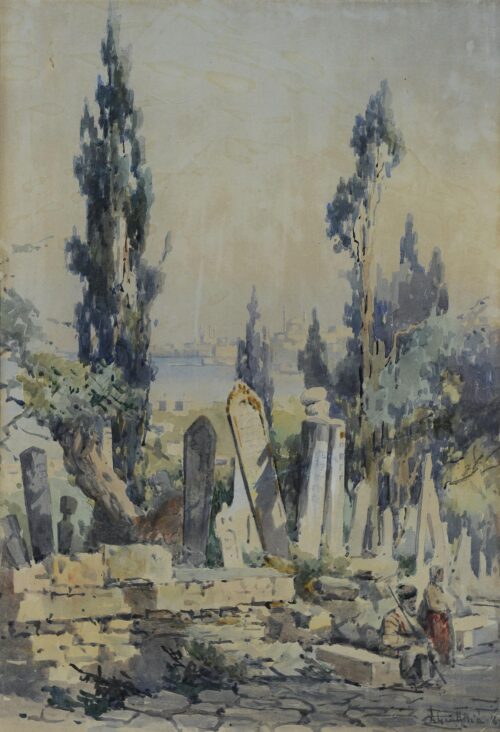
Turkish Cemetery
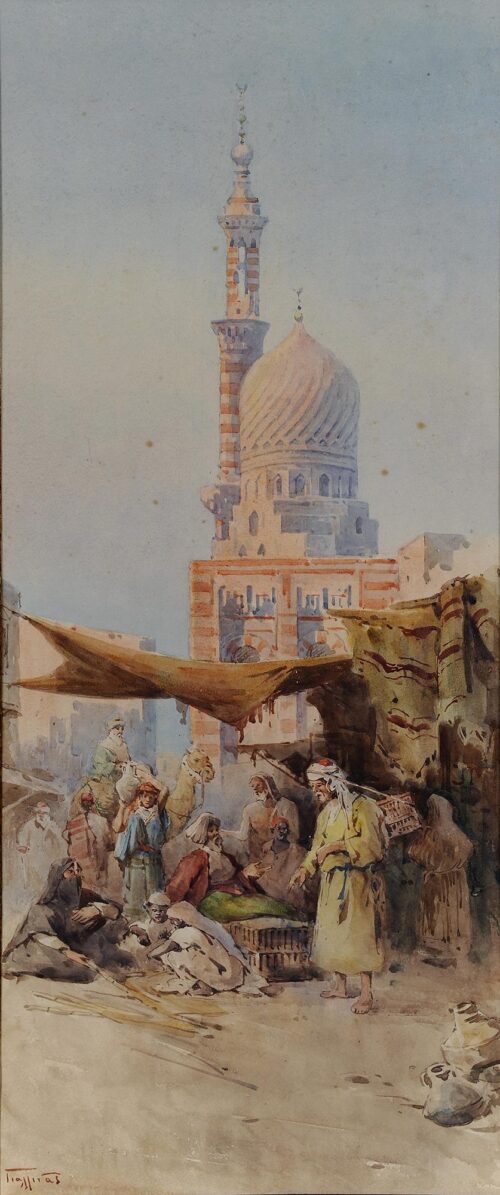
Bazaar with a Mosque in the Background
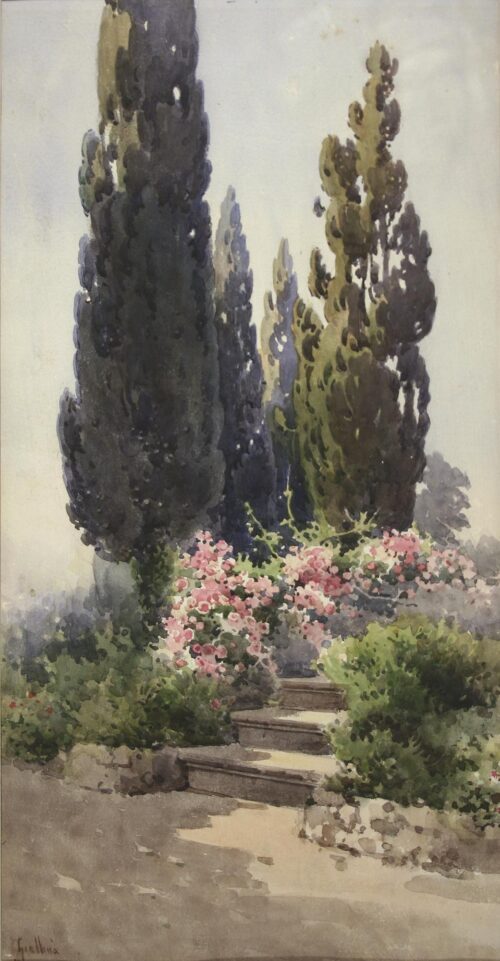
Blooming Stairs and Cypresses
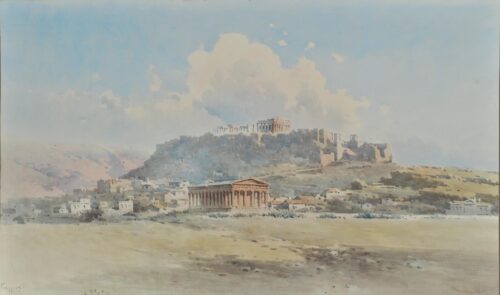
Thision and the Acropolis
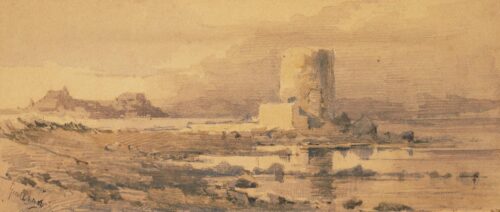
Landscape of Corfu
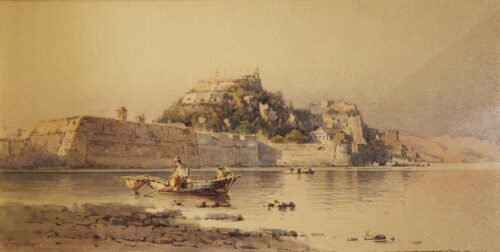
The Fortress of Corfu, 1898
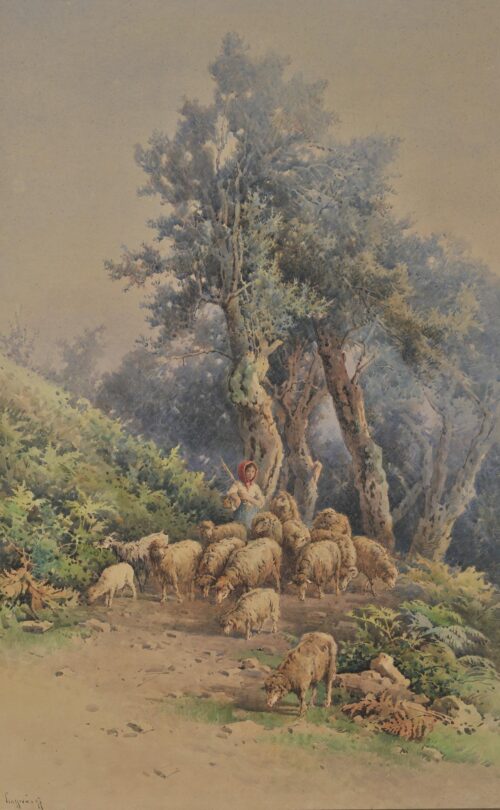
Shepherdess Guarding the Sheep, 1897
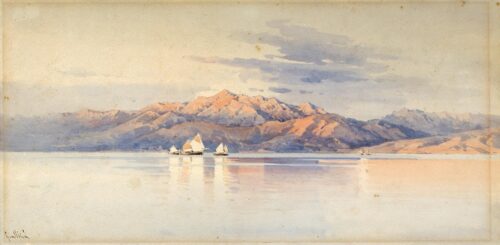
Landscape
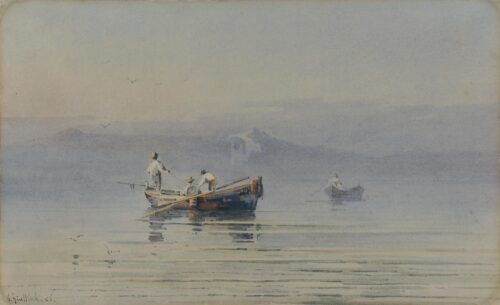
Fishing, 1885
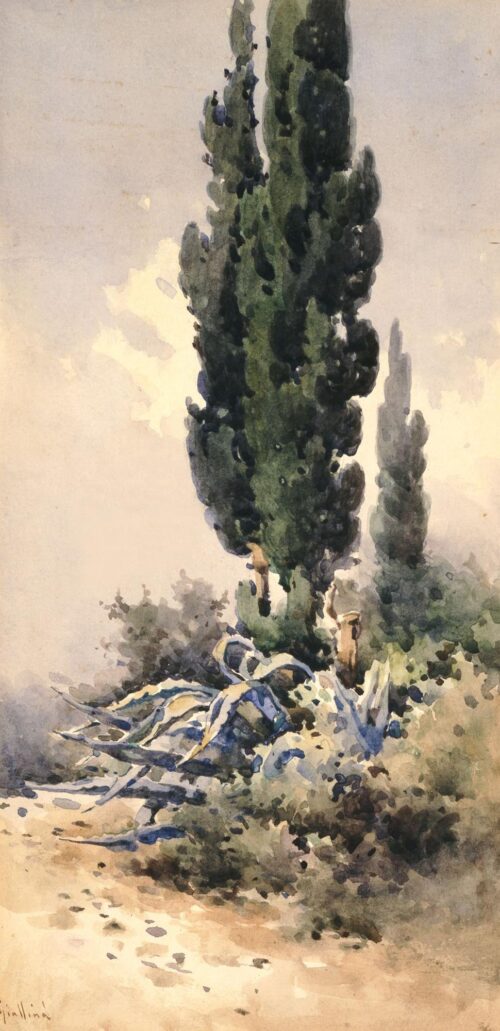
Landscape with Cypress Tree
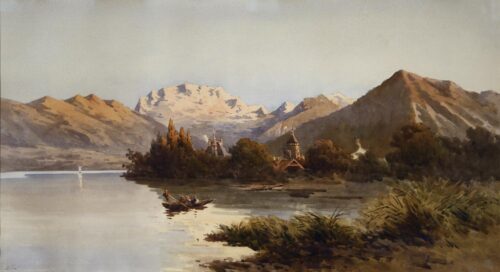
Lake in Northern Italy
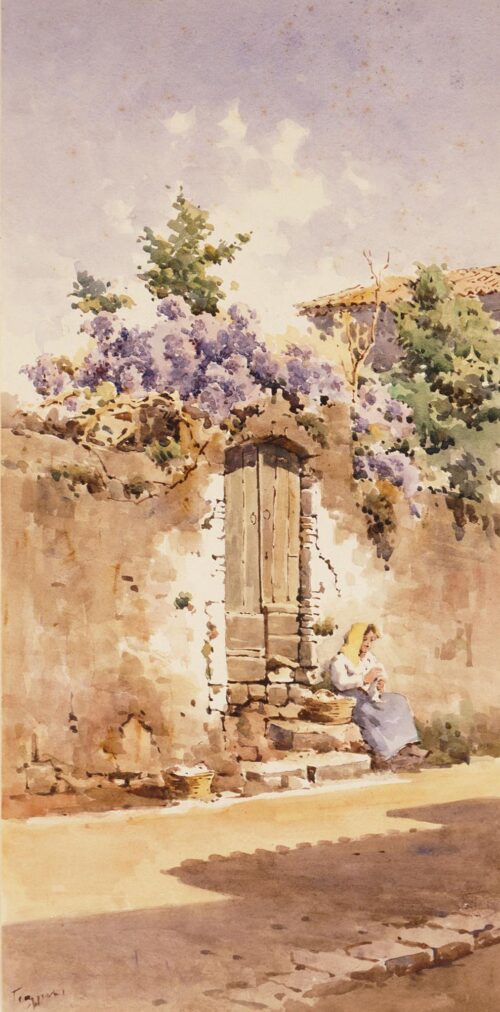
Garden Gate in Bloom
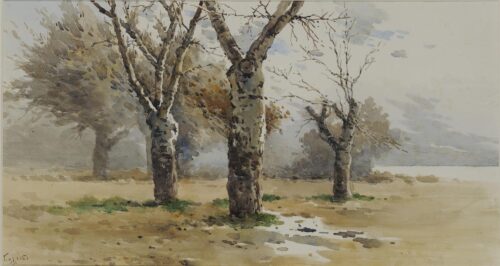
Trees
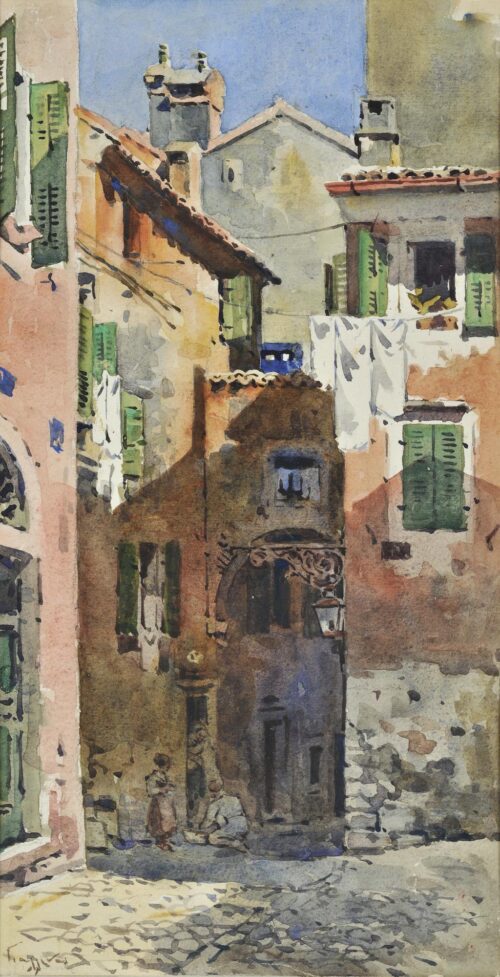
Houses in Corfu
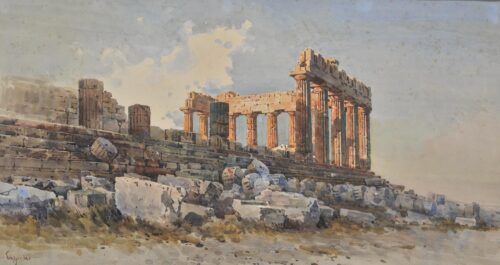
The Parthenon Before the Restoration, before 1895
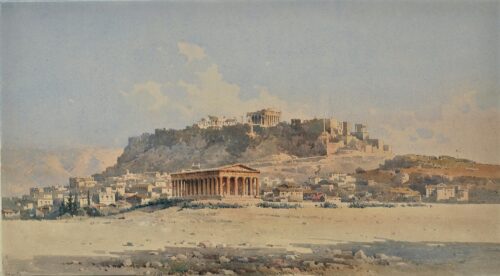
Thision and the Acropolis, ca 1895

We use cookies to make our site work properly, to personalize content and ads, to provide social media features and to analyze our traffic. We also share information about how you use our site with our social media, advertising and analytics partners. Read the Cookies Policy.
These cookies are necessary for the website to function and cannot be switched off in our systems. They are usually only set in response to actions made by you which amount to a request for services, such as setting your privacy preferences, logging in or filling in forms. You can set your browser to block or alert you about these cookies, but some parts of the site will not then work. These cookies do not store any personally identifiable information.
If you disable this cookie, we will not be able to save your preferences. This means that every time you visit this website you will need to enable or disable cookies again.
These cookies tell us about how you use the site and they help us to make it better. For example these cookies count the number of visitors to our website and see how visitors move around when they are using it. This helps us to improve the way our site works, for example, by ensuring that users find what they are looking for easily. Our website uses Google Analytics for statistics reporting.
Please enable Strictly Necessary Cookies first so that we can save your preferences!